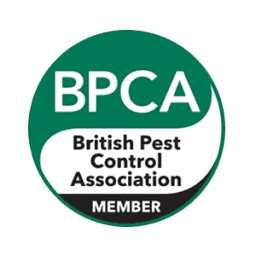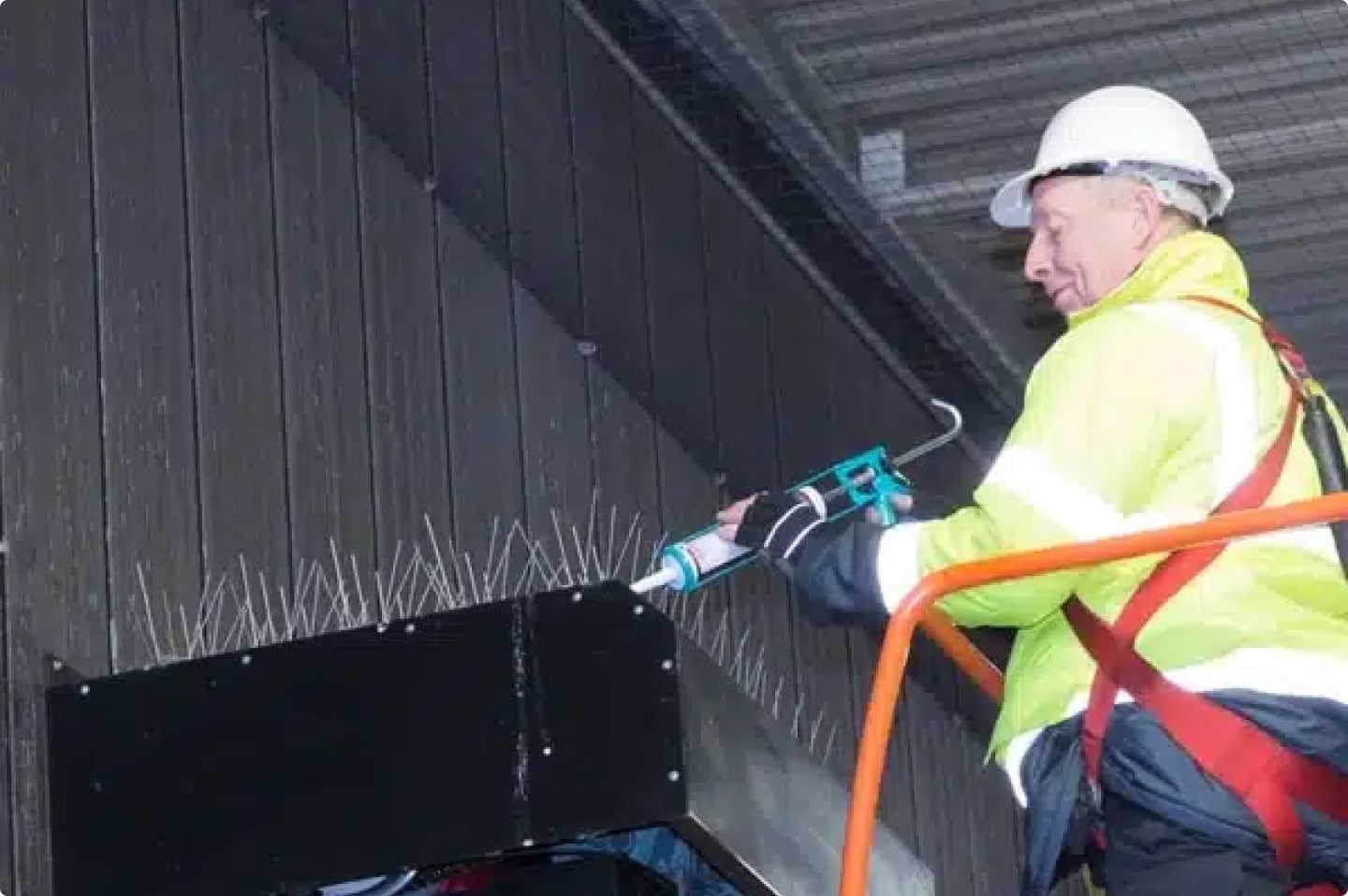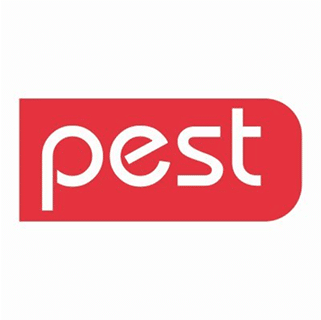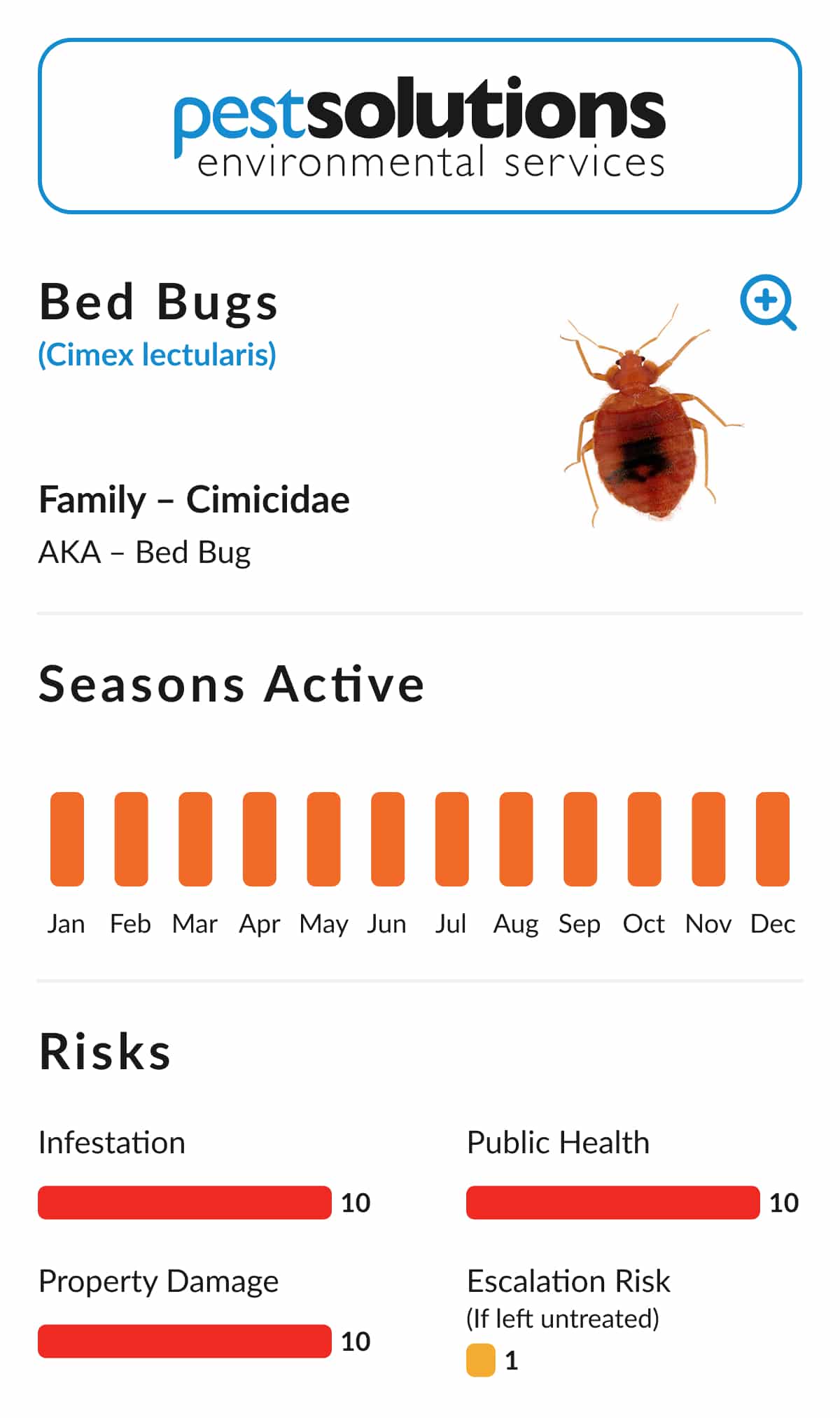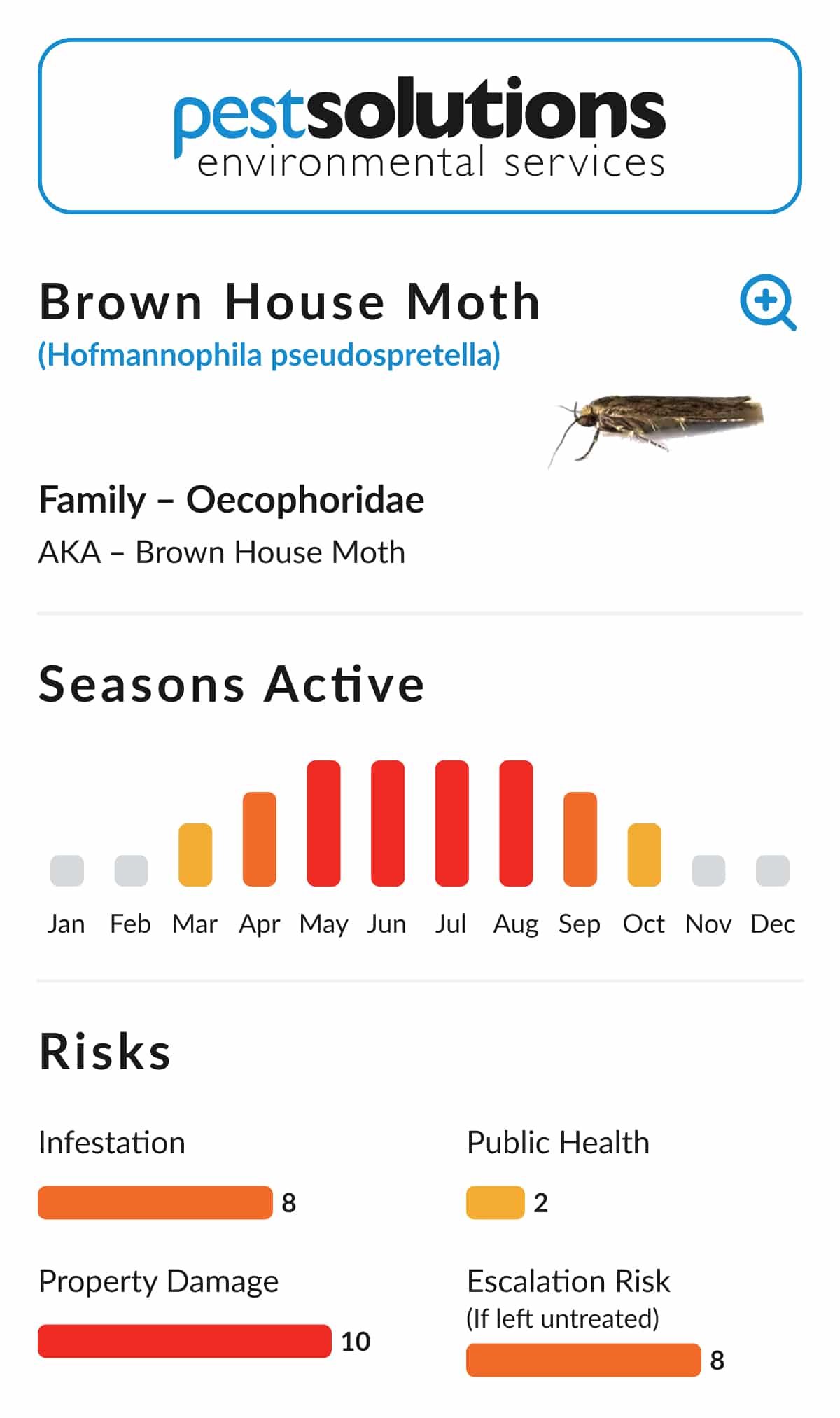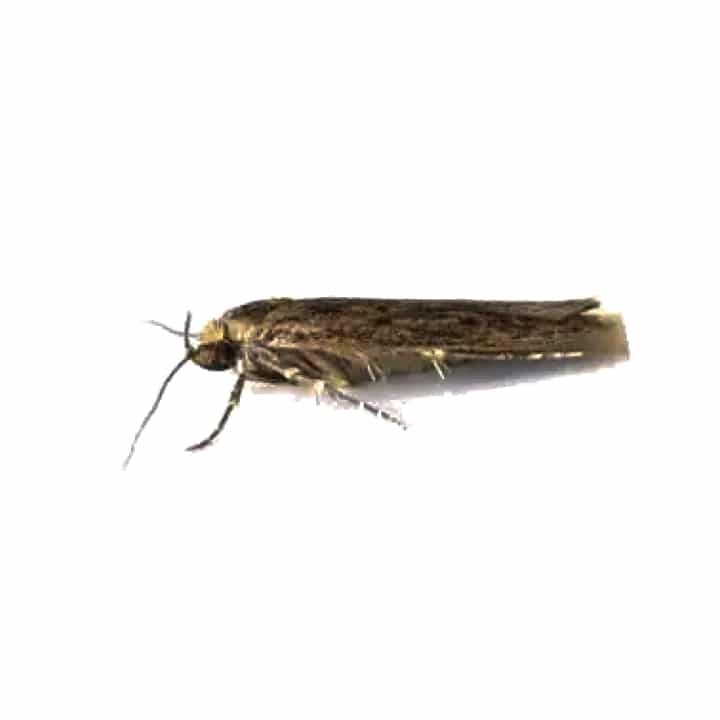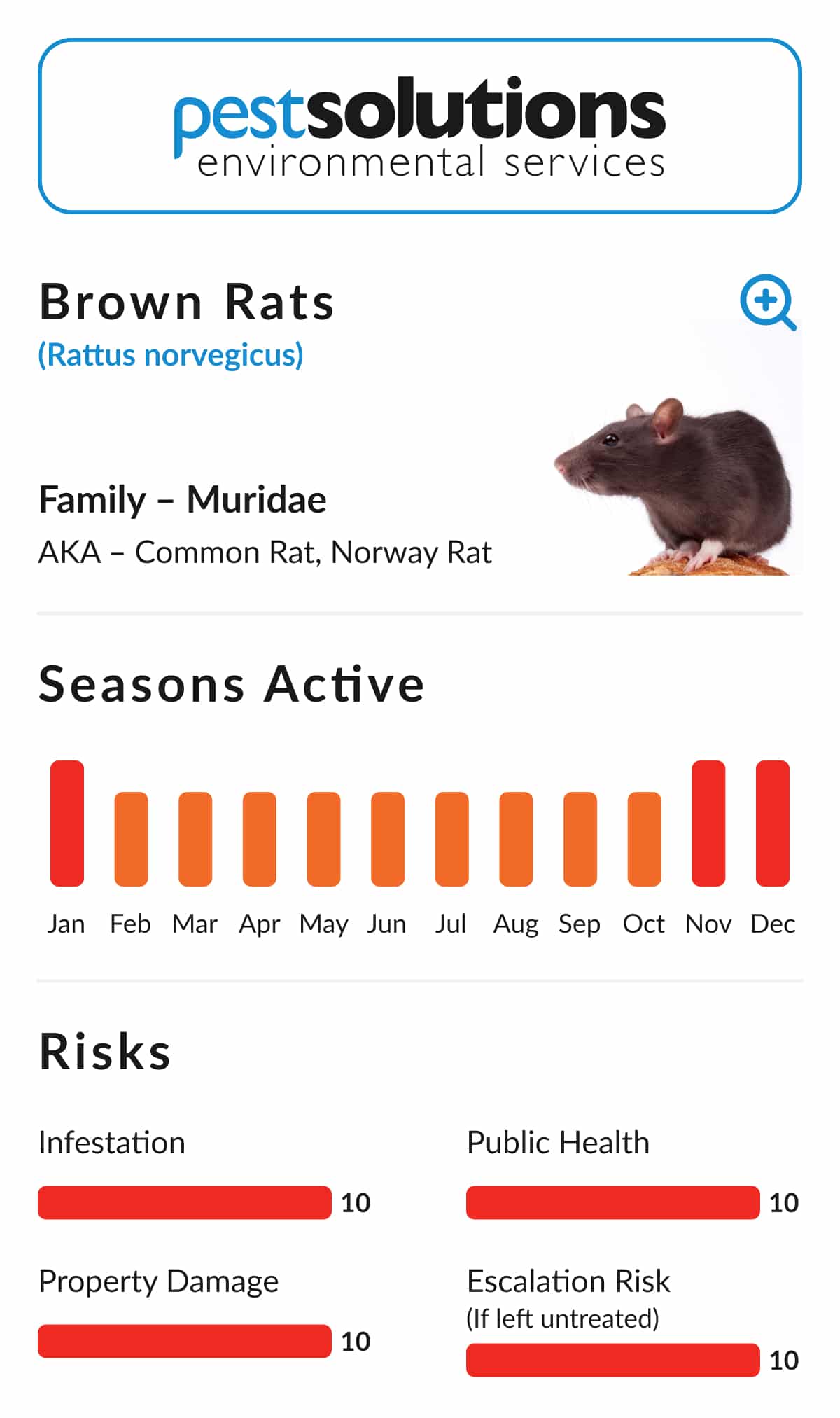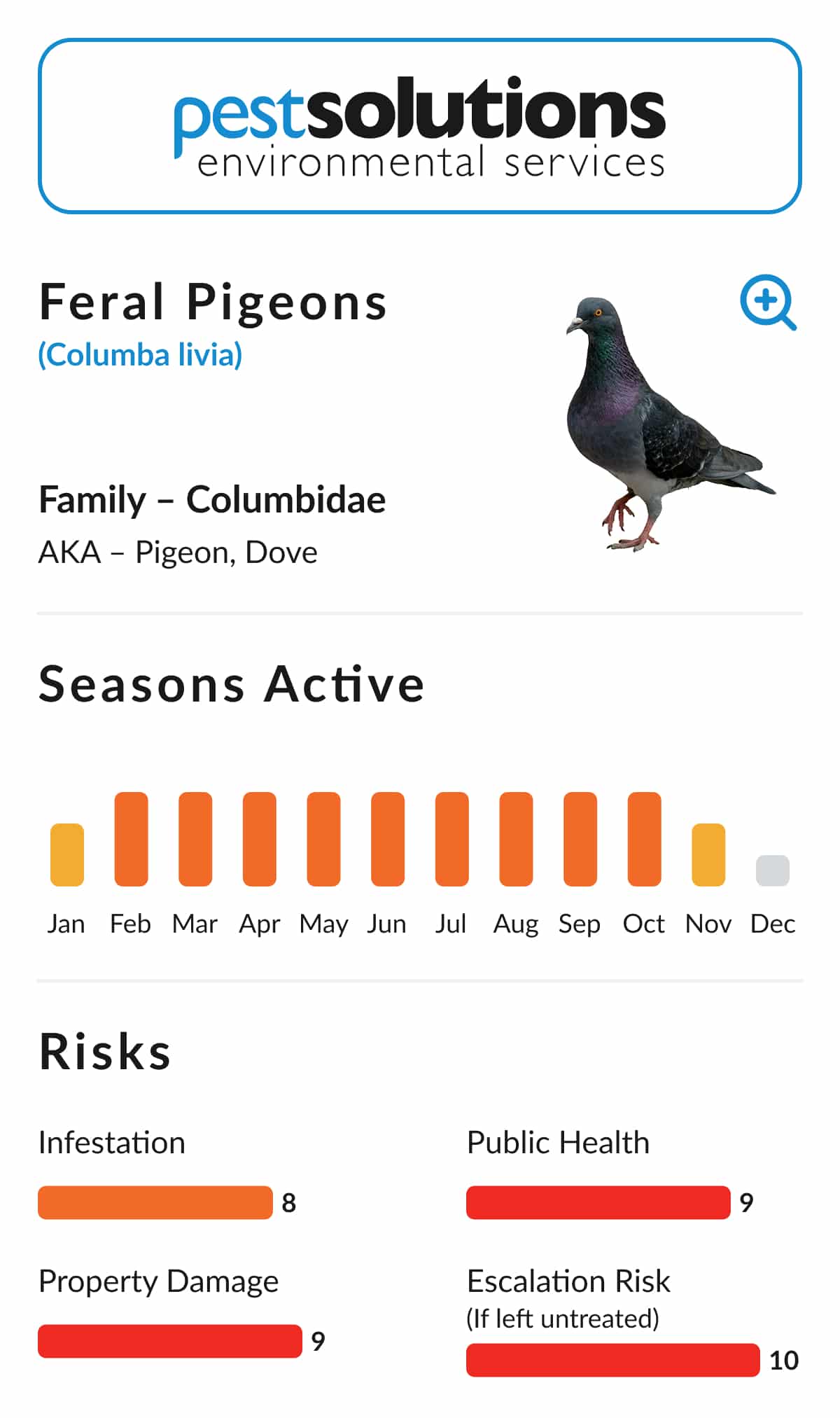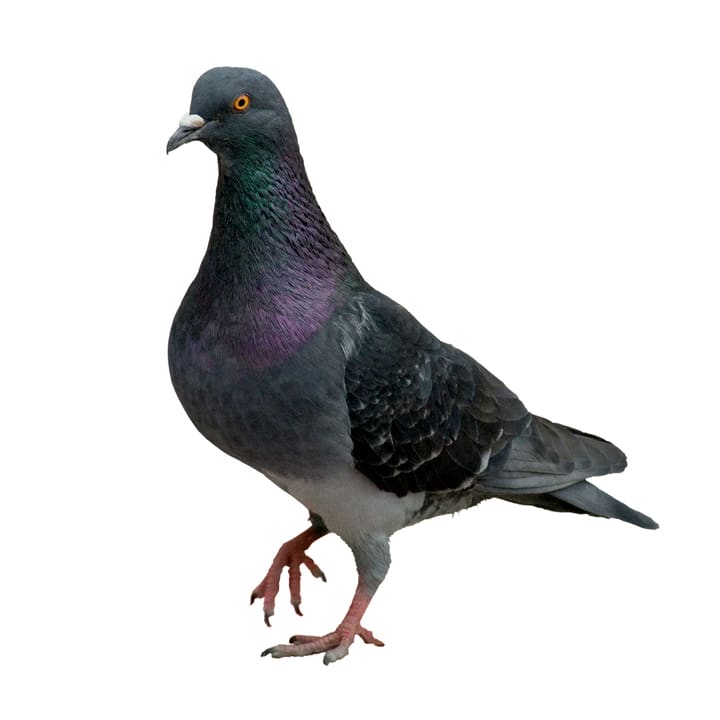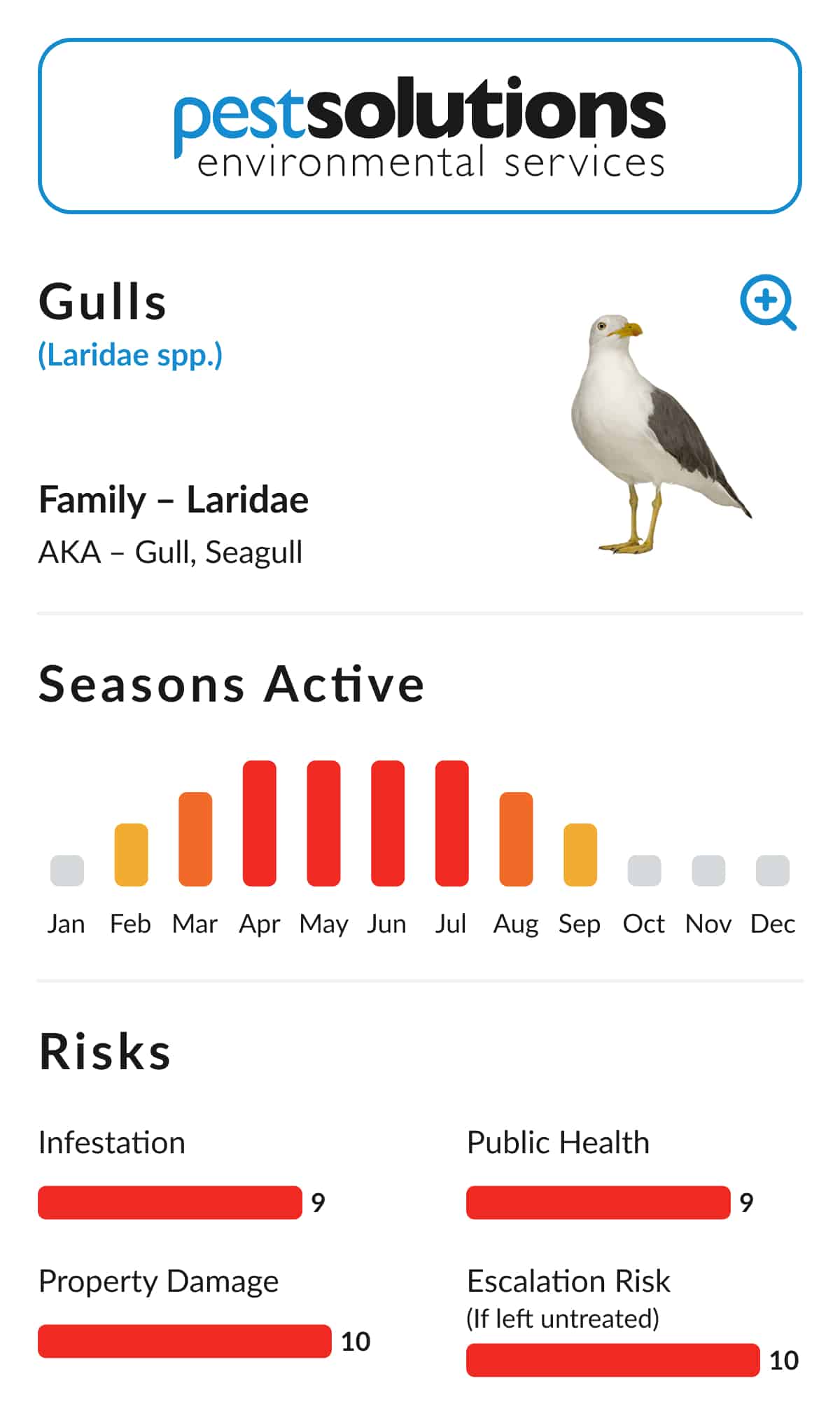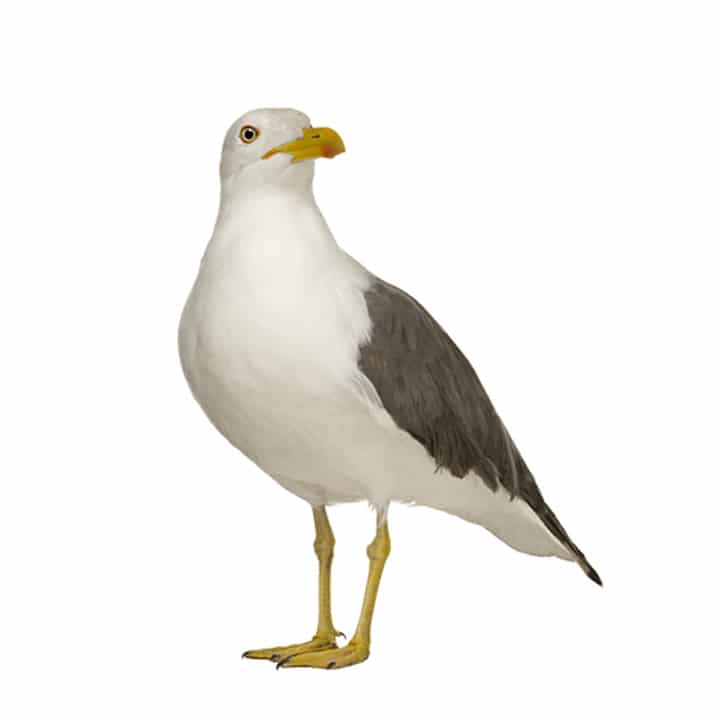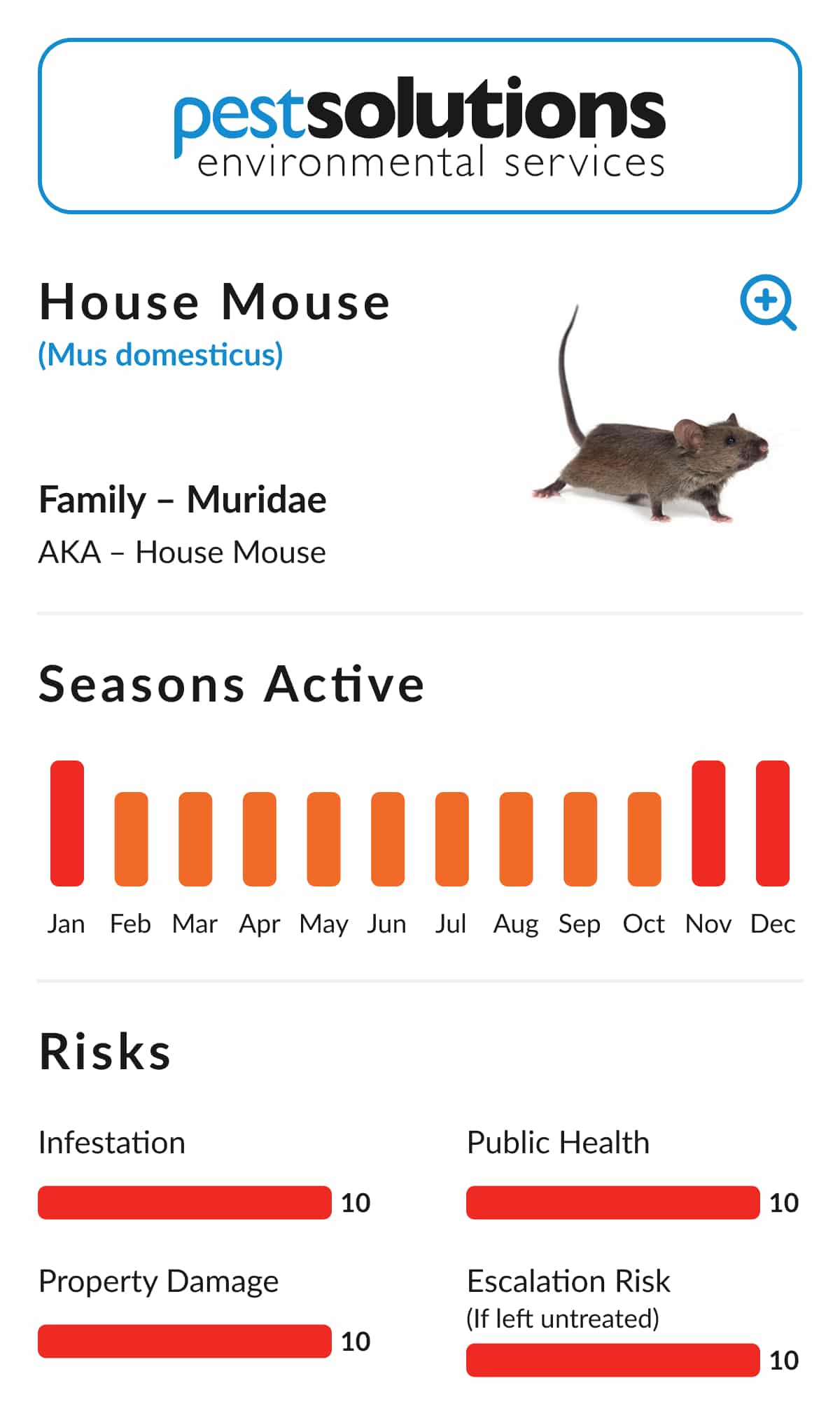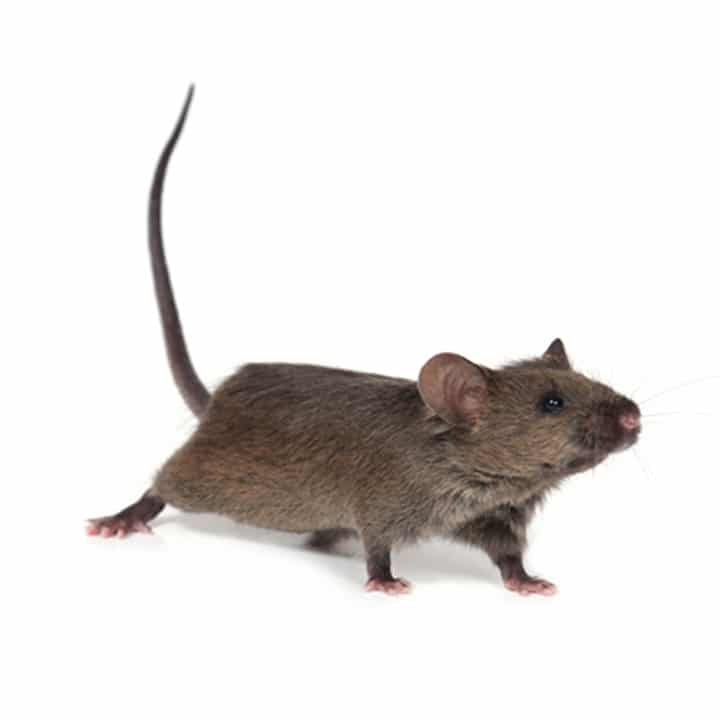


Pest Solutions
A pest control service you can trust
Pest Solutions provide a complete range of professional Pest Control, Pest Prevention and Pest Bird Control services and treatments for both domestic and commercial environments in Scotland and throughout the UK.
Pest solutions is proud to have been recognised and awarded for our continued efforts in providing high quality pest control in the UK.
We provide professional and reliable pest control services that can be trusted by homeowners and businesses owners across the UK.
See why 1200+ people have given us 5 stars
Award winning pest & bird control services
At Pest Solutions, we have the utmost pride in our highly trained team of pest control experts. As a company, we are dedicated to investing in our people so that our team are fully equipped to provide the best possible service to our customers as we protect your home or business.
We are confident that we offer a service of the highest quality. But, you would expect us to think that, wouldn’t you…
For that reason, we are proud that the professionalism of our team has been and continues to be recognised by our peers in the UK Pest Control industry. This has resulted in Pest Solutions and our individual team members being recognised in various industry awards when up against worthy competition. Some of our awards and achievements in recent years include:
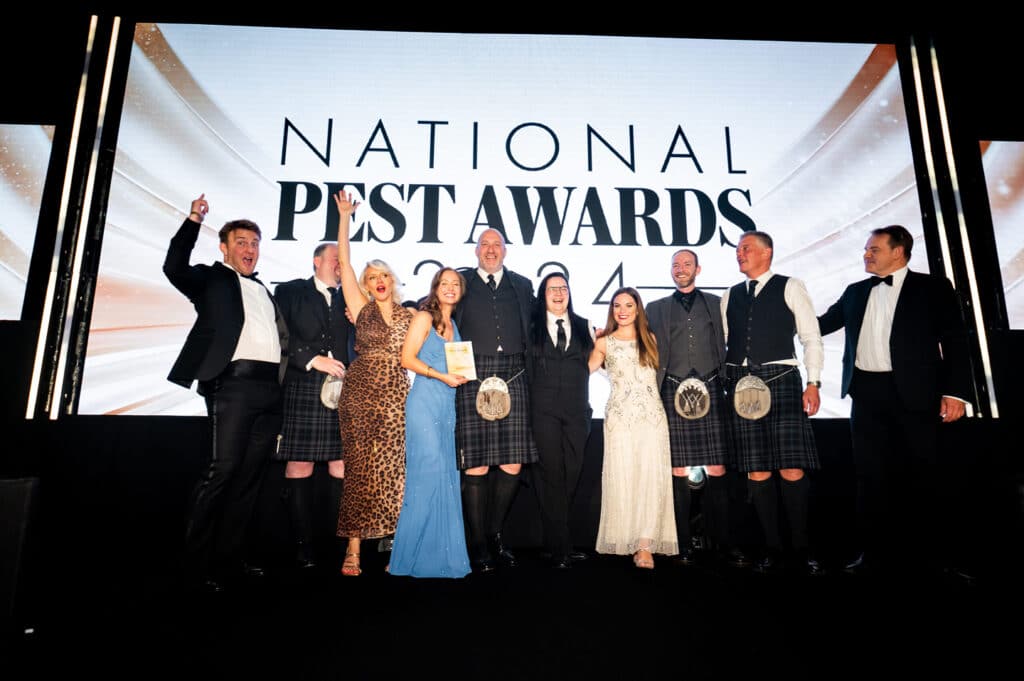
Members of our amazing team, Gemma Sutherland and Iain Rodgers, are proud winners of the BPCA Commitment to CPD Award and BPCA Leadership Award respectively.


Pest Solutions wins on an memorable night after being named the winners of the 2024 ‘Large Company of The Year’ Award and the 2024 ‘Pest Business of The Year’ Award.
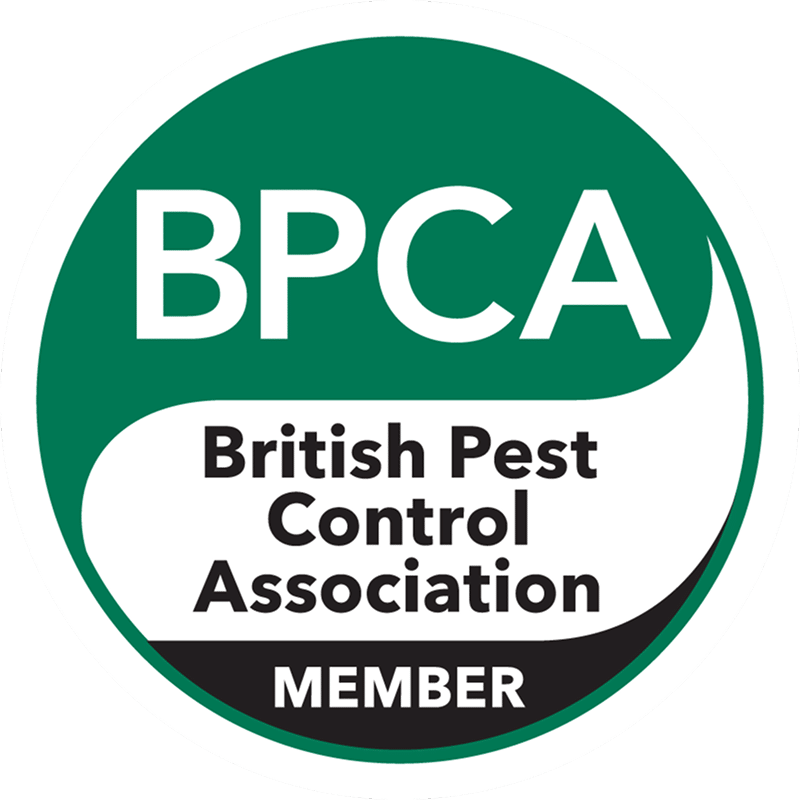

Our continued efforts towards sustainability were recognised at the Glasgow Business Awards as Pest Solutions won the 2024 Net Zero Achievement award.

Award winning local pest control service you can trust
What makes us stand out at pest solutions

Domestic & Commercial Pest Control and Prevention
Pest Solutions have been providing the best domestic and commercial pest control services and treatments on the market for over 24 years.
We’ll assess your pest problem over the phone or provide a FREE survey by a member of our local pest control team.
Alongside a FREE quote for our pest management service.
Locations
Coverage across the whole of the uk
Pest Control Glasgow
Born and bred in the city, Pest Solutions has been working in Glasgow for well over 24 years providing expert domestic and commercial pest control to clients all over the city. From our head office in Kinning Park, our highly trained and qualified Glasgow team delivers excellent service and highly-effective solutions to all forms of pest problems in Scotland’s biggest city. Our staff include expert pest technicians, surveyors, and field Biologists ensuring our local pest control services can provide you with all the necessary skills, knowledge, and treatment to handle any kind of pest or bird control Glasgow issue you might find yourself facing.

As the largest city in Scotland, Glasgow is guaranteed to suffer from pest problems. Pest issues emerge wherever there are people, as we accidentally provide them with all the food and shelter, they need.
There’s a huge number of businesses and properties in the Glasgow area that make the perfect home for pests. Insect pests, bird pests, and rodents are all common in the city and require professional service to be efficiently treated.
Whether it is wasp nest removal, a mice problem, or the control of bed bugs, our team can help. We provide pest control for both commercial and domestic clients in the Glasgow area.
Pest Control Edinburgh
Whether you’re dealing with a wasp nest, a rodent problem, or need urgent help with any other pest issue, our local experts are ready to help.
Edinburgh’s dense population, older buildings, and thriving hospitality sector make it a hotspot for pest problems. Pests are drawn to areas where food and shelter are easy to find, and in Edinburgh, that combination is pretty easy to find.
We regularly carry out pest control and bird control in Edinburgh City Centre and the surrounding areas, dealing with everything from birds and insects to rats and mice. Whatever the issue, we’ll provide a safe, reliable solution.

Pest Control Aberdeen
The wide range of businesses and commercial tourist venues inadvertently help to create rodent, bird, and insect control issues.
Our Pest Control Aberdeen branch have been working in the City of Aberdeen and surrounding area since 2001, where our local expert pest management team provide pest control service all over the North of Scotland, including Aberdeenshire. Our local pest control & bird control Aberdeen service consists of an expert staff of Service Technicians, Field Biologists, and support staff who can guarantee the removal of any unwanted pests.
Our staff provide expert service to the Greater Aberdeen area, as well as Northeast Scotland.

Pest Control Dundee
This combination means the area is no stranger to pest issue, and when they do arise, Pest Solutions are there to help.
Our Pest Control Dundee and Pest Control Fife branches provide the best quality pest control and treatment in the East of Scotland. As well as providing pest and bird control in Dundee itself, this local Pest Solutions branch also provides top quality pest control service throughout the East of Scotland, including Angus, St Andrews, Perth, and Forfar.

Pest Control Newcastle

Pest Control Manchester, Liverpool & Preston
We have extensive experience providing bird, rodent, and insect control to local clients.
Manchester, Liverpool, and Preston are busy urban areas with a noticeable nightlife and commercial industry which makes them perfect for pest infestations. The wide range of restaurants, hotels, and other accidental sources of shelter and food mean pests are a frequent issue.
Pest Solutions works all over Greater Manchester, Liverpool City region, and Preston area. Our Manchester, Liverpool, and Preston teams cover Northwest of England, including Wigan, Bolton, and Salford. Contact us today for more information.




Pest Bird Control
Pest Bird Control Specialists
Pest Solutions provide expert bird pest control service. Our expert team commonly handle feral pigeons, gulls (seagulls), starlings, and crows.
There are many risks associated with pest birds, which make them a serious pest problem for both commercial and domestic property. Bird droppings can corrode and stain brickwork, metal, damage solar panels, and even cause structural damage. Bird droppings are also a source of disease, capable of contaminating food. In the long term, a bird infestation can end up causing extensive damage to a property and harm business reputation. This is not to mention noise and odour.
The risks posed by birds will grow in proportion to the size of their population. One of the things which makes birds such a difficult pest issue to have to deal with is how quickly their population can grow – especially a pigeon problem.
Glasgow Business Awards
Net zero achievement award winner 2024
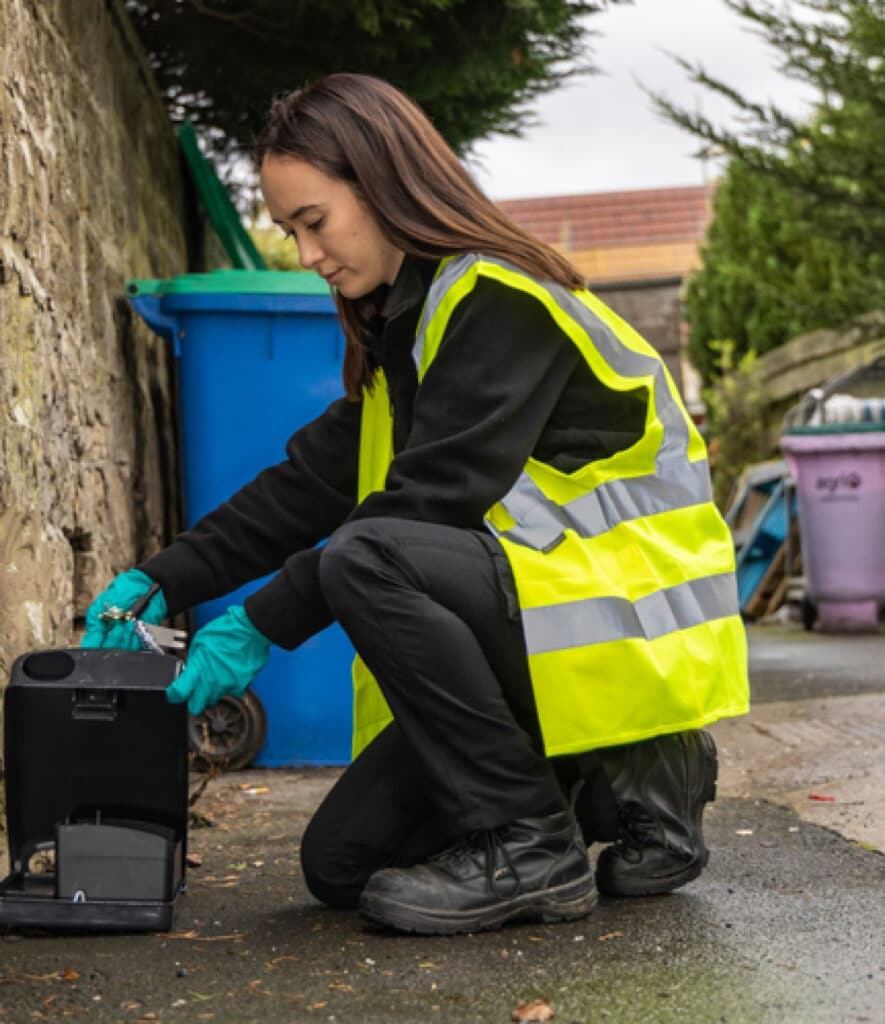
Pest Solutions expert service has experience working in a wide range of different commercial premises. Our service technicians have worked in everything from industrial sites to restaurants and hotels. We offer a wealth of specialist services to meet any of your commercial pest control service needs. This includes audits, proofing, and wildlife management.
Get in touch with our local pest control branch for further information about our service.
FAQ
Any other questions?
What happens if the pests come back after treatments?
At Pest Solutions, we aim for all our treatments and preventative measures to focus on long-term pest control, but we also understand that every pest problem is unique. In the unlikely event that pests do return post treatment (apart from squirrels), we offer a 30 day guarantee meaning that our technicians will come back for a follow-up visit to take care of the pests with no additional cost to you.
What areas do you cover?
The Pest Solutions main office is located in Glasgow, where we cover all areas. Pest Solutions also has a strong local presence in Edinburgh, Aberdeen, Dundee and Newcastle. Our other new branches offering expert pest control services include Preston, Liverpool and Manchester, Belfast, Birmingham, Bristol, Cardiff, Crawley, Dartford, Leeds, London, Norwich, Nottingham, Reading and Sheffield.
How long will a callback take?
One of our local operators will be get back to you within 2 hours or latest by the end of the working day to learn more about your pest problem and provide you with a helpful no-obligation quote.
What types of pests do you treat?
Pest Solutions offers a wide range of treatment solutions to deal with pest rodents like rats, mice, squirrels, pest insects like wasps, ants, cockroaches, bedbugs, beetles, fleas, flies, moths and pest birds like gulls and feral pigeons.
Can I re-arrange an appointment?
If you need to re-arrange an appointment, call our office and we can sort another time that suits you best. Please provide at least an hours notice if possible.
What qualifications do your technicians have?
At Pest Solutions, all our technicians are British Pest Control Association (BPCA) accredited and undergo continuous training and professional development programmes to stay up-to-date with most effective pest control practices.
BPCA Member Company
BPCA members pest prevention experts
Pest Solutions are fully accredited members of the British Pest Control Association (BPCA), the UK’s largest pest control trade association.
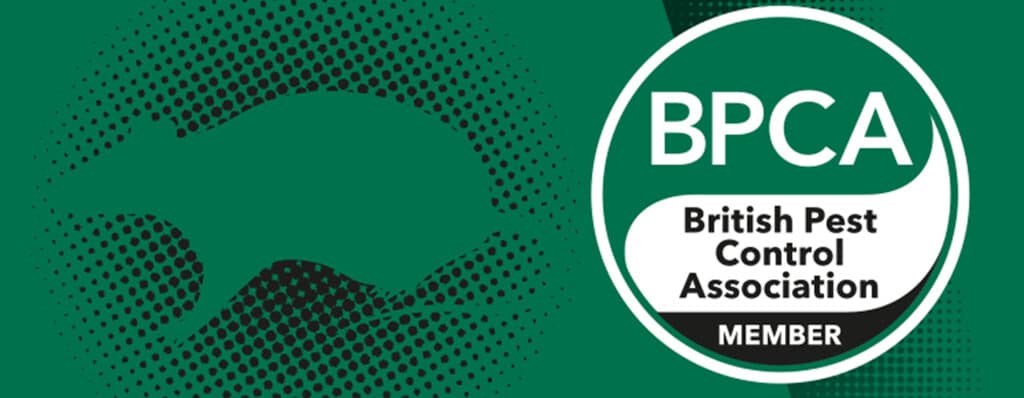
BPCA membership demands the highest standards of professionalism, training, and customer service, allowing our team to meet and exceed the expectations of all our valued clients.
Our expert team of technicians and field biologists are also full members of the Confederation of European Pest Management Associations (CEPA) and qualified to work at height (IPAF and PASMA).
Our qualifications aren’t just for show. They are a reflection of our commitment to delivering the highest standards of safety and service and our ability to protect both domestic and commercial customers against ALL forms of pest activity.









